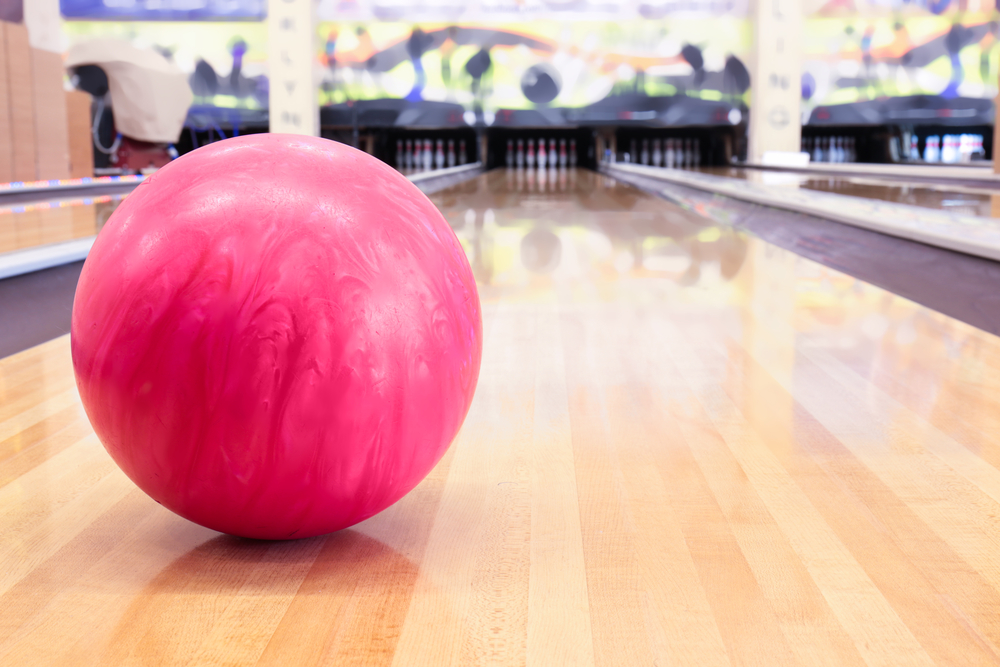
If you're like most bowlers, you probably think of wax as something that's only used on woodworking projects. However, bowling alley wax plays an important role in improving your game by creating and ensuring a smooth and consistent approach.
In this blog post, we'll explain what bowling alley wax is, how to use bowling alley wax, and discuss the benefits it can provide. We'll also provide some tips for choosing the right type of wax. So if you want to wax your home alley or commercial bowling alley, keep reading!
How to Use Bowling Alley Wax - (The Summary)
Bowling alley wax (previously known as Butcher's Wax) is used in five simple steps, clean the intended surface carefully, apply the paste wax and buff the wax. Once the wax has been applied and buffed, it should be allowed to dry for a few minutes before bowling. When applying the wax, it is important to use a light hand and avoid putting on too much, as this can cause the ball to slip.
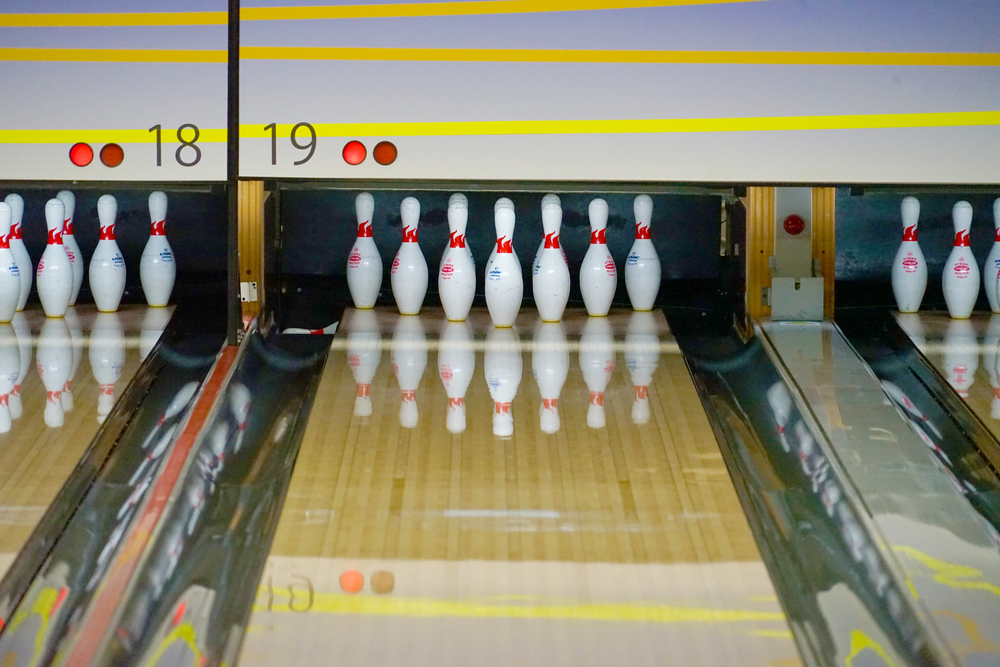
What Is in the Bowling Alley Wax?
Most bowling alleys use a lane conditioner that is applied in a thin layer to the wood surface. This substance helps to protect the lane from wear and tear and also provides a consistent surface for the ball to roll on.
The exact composition of lane wax varies depending on the manufacturer, but they typically contain a blend of mineral oil, carnauba, turpentine, petroleum-based waxes, and additives such as colors and fragrances. While the ingredients in bowling alley wax may not be particularly exciting, they play an important role in providing a smooth, predictable surface for bowling.
How to Use Bowling Alley Wax: Step by Step
One of the key components to a well-maintained lane is bowling alley wax. This type of wax is specifically designed to protect the lane and provide a consistent surface for bowlers. Here are the steps for using bowling alley wax:
Tools, Materials & Supplies for Applying Wax on Bowling Lanes
- Lane cleaner
- Mild soap
- Bowling alley wax by BWC
- Paintbrush / Roller / Steel wool pad (oil-free #0000)
Step 1: Clean the Surface
Dirt and grime can build up on the surface of the lane, making it more difficult for the wax to adhere. So, start by cleaning the lane with a Lane Machine. This will remove any dirt or debris that could interfere with the wax job.
Also, cleaning the lane before waxing helps to ensure that the wax is evenly distributed. Ensure that the lanes are dry before you move on to the next step.
Step 2: Apply Alley Wax on the Lanes
Next, apply a thin layer of Pre-Spray Conditioner to the lane. This will help the wax to adhere properly. Afterward, apply the wax evenly across the entire length of the lane using a paintbrush or a roller or a steel wood pad, Wax Applicator Pad or T-Bar. Make sure that you apply a thin layer of wax, working in small sections.
Be sure to use bowling alley wax, as this type of wax is designed specifically for this application.
Step 3: Let the Alley Dry
Once the wax is dry, buff it to a shine using a clean, dry soft cloth. For best results, reapply the wax every few months.
Step 4: Test the Lanes
It is important to test the lanes after waxing. This helps to ensure that the wax has been applied evenly and that there are no areas that are too slick or too rough. The best way to test a lane is to roll a few balls down it and see how they react.
The ball should roll without leaving streaks. If the ball veers off course or doesn't have a smooth, consistent rollout, then it's likely that the lane needs more work.
If it's ok, apply the second coat.
How Long Does It Take for Bowling Alley Wax to Dry?
In general, it's best to wait at least 24 to 48 hours before bowling on a newly waxed bowling lane. This will give the wax plenty of time to harden and form a protective barrier around the ball's surface, ensuring that your bowling ball remains in top condition for years to come.
When you get your bowling balls professionally waxed, the process usually only takes a few minutes. The technician will apply a thin layer of wax to the ball and then use a hair dryer to set it. Once the wax is dry, you'll be able to see a shiny, smooth finish.
If you're doing it yourself at home, you'll need to give the wax time to set properly before using your ball. Otherwise, you risk damaging the ball or having the wax come off while you're bowling.
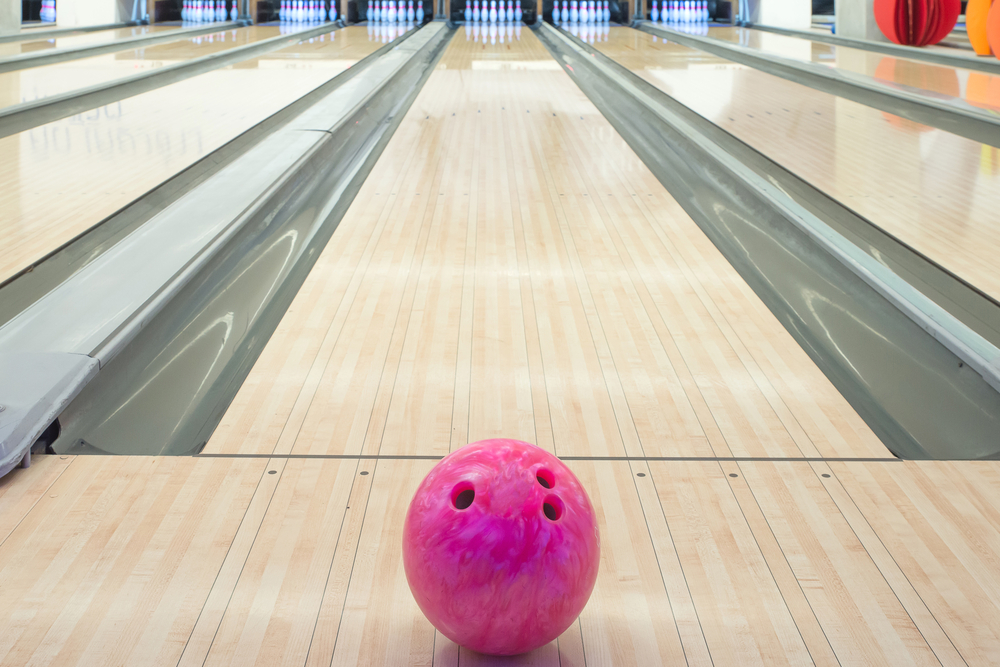
How to Remove Bowling Alley Wax
To get rid of excess wax and keep your bowling alley lane looking like new, use a putty knife or another blunt object to scrape away as much wax as possible. Next, dampen a rag treated with naphtha, turpentine, or common mineral spirits and wipe down the lane. Be sure to work in small sections and ventilate the area well to avoid inhaling fumes.
Once you've removed the majority of the wax, clean the lane with mild detergent and water. Finally, apply a fresh coat of bowling alley lane wax by following the above instructions.
This wax serves two purposes: it helps to protect the lanes from wear and tear, and it also provides a smooth surface for the ball to travel on. However, over time, the wax can build up and become difficult to remove, or it gets old and bad looking- it has to be stripped.
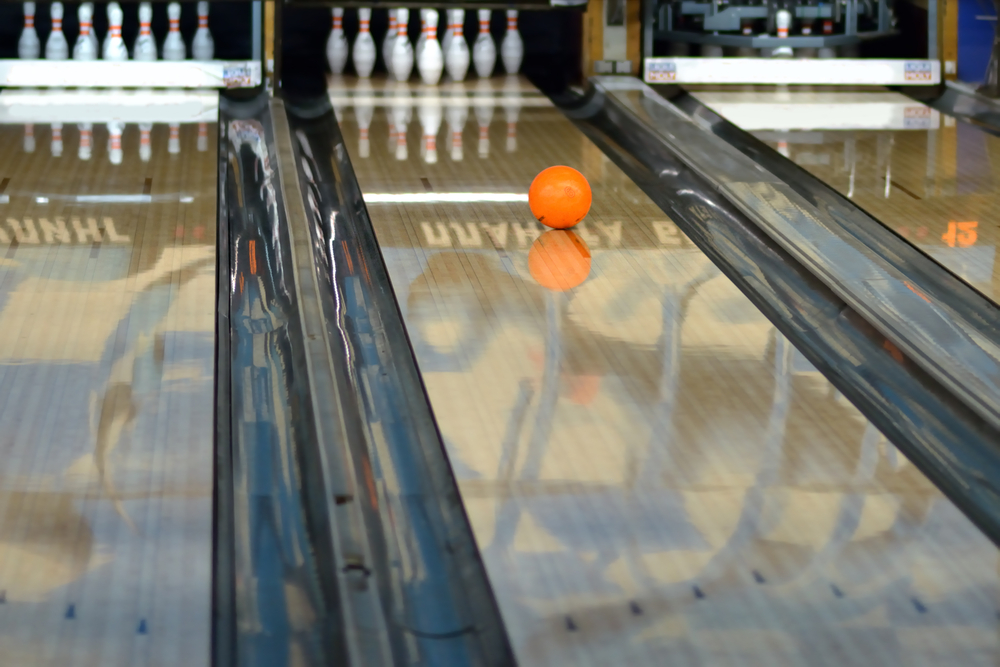
What Do They Coat Bowling Alleys With?
The surface of a bowling lane is coated with a thin layer of oil, which helps to reduce friction and ensure that the ball travels in a straight line. The amount and type of oil used can vary depending on the desired results. For example, heavier oils are often used on faster lanes, while lighter oils are typically used on slower lanes.
In addition to oil, the surface of a bowling lane may also be treated with polish or wax to achieve the desired level of friction. No matter what treatments are used, the goal is always to create a consistent surface that will allow bowlers to predict how their ball will behave.
How to Choose the Right Bowling Alley Wax
When it comes to choosing a bowling alley wax, there are a few things to keep in mind. The first is the type of lane surface you'll be using the wax on. If you're using it on a synthetic lane, you'll want to choose a synthetic-specific wax. If you're using it on a wood lane, you'll want to choose a wax that's specifically designed for wood lanes.
The second thing to keep in mind is the temperature of the lane surface. If the surface is cold, you'll want to choose a wax with a lower melting point so that it can more easily spread and adhere to the surface. Conversely, if the surface is warm, you'll want to choose a wax with a higher melting point so that it won't immediately start to soften and break down.
Lastly, you'll want to consider how much traction you need. If you need a lot of traction, you'll want to choose a wax with a higher level of friction. However, if you don't need as much traction, you can choose a wax with a lower level of friction. By keeping these factors in mind, you can be sure to choose the right bowling alley wax for your needs.
Why Do They Wax Bowling Lanes?
In the past, lanes were often left untreated, resulting in a less-than-ideal playing surface. Today, however, most bowling alleys take the time to wax their lanes on a regular basis. There are a number of reasons for this change.
First of all, the wax provides a smoother surface for the ball to travel on, resulting in more consistent gameplay. Additionally, wax helps to protect the lanes from dirt and debris, which can cause the ball to veer off course.
Finally, waxing often results in brighter and more vibrant lane colors, making the game more visually appealing. For all these reasons, it's no wonder that so many bowling alleys have now embraced the practice of lane waxing.
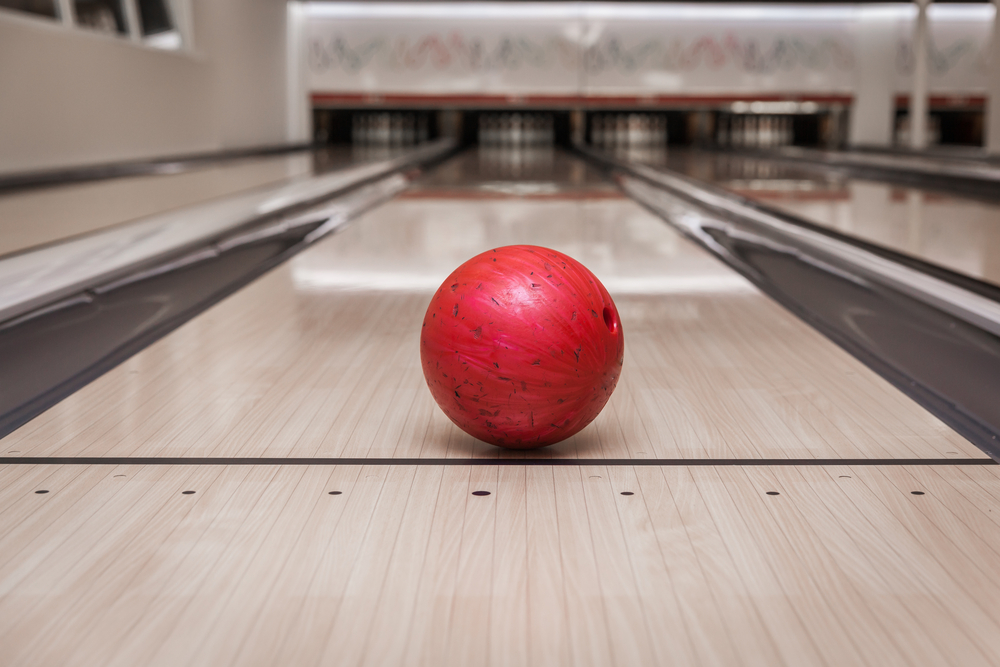
Why Do They Oil Bowling Lanes
As it turns out, oiling the lanes actually makes it easier for the ball to travel down the lane and results in a more consistent game. The oil helps to create a smooth surface for the ball to roll on, and it also prevents the wood from drying out and cracking. Cracked lanes can be very dangerous, as they can cause the ball to bounce erratically.
By keeping the lanes properly oiled, bowling alleys can help to keep their customers safe. Here’s a full article about why bowling alleys oil bowling lanes.
Related Articles
Butcher's paste wax is great for a plethora of items, including painted surfaces, venetian plaster, and outdoor sculptures, as well as bowling alleys lanes. Bowling alley wax is a necessity for keeping lanes in top condition, and there are a few different ways to use it.
More heavily trafficked areas may require more frequent waxing, while less used lanes can be left for longer periods of time between applications. Ultimately, using bowling alley wax is key to ensuring proper lane maintenance and preventing costly repairs.
Kira Byrd, a Certified Fraud Examiner, holds a B.S. in Accounting from the University of Alabama at Birmingham. With a passion for bowling from her childhood, Kira has poured her expertise and personal experiences into creating and nurturing Bowling For Beginners. Kira's mission is to meet new bowlers where they are and guide them toward consistently achieving higher scores. With a focus on skill development and strategic techniques, she empowers readers to take control of their game and unlock their true potential.
Bowling For Beginners embodies strict editorial integrity, ensuring reliable and unbiased information. Kira's commitment to delivering valuable insights and practical strategies is reflected in every article. Here's an explanation of our editorial policy and how we get money.


